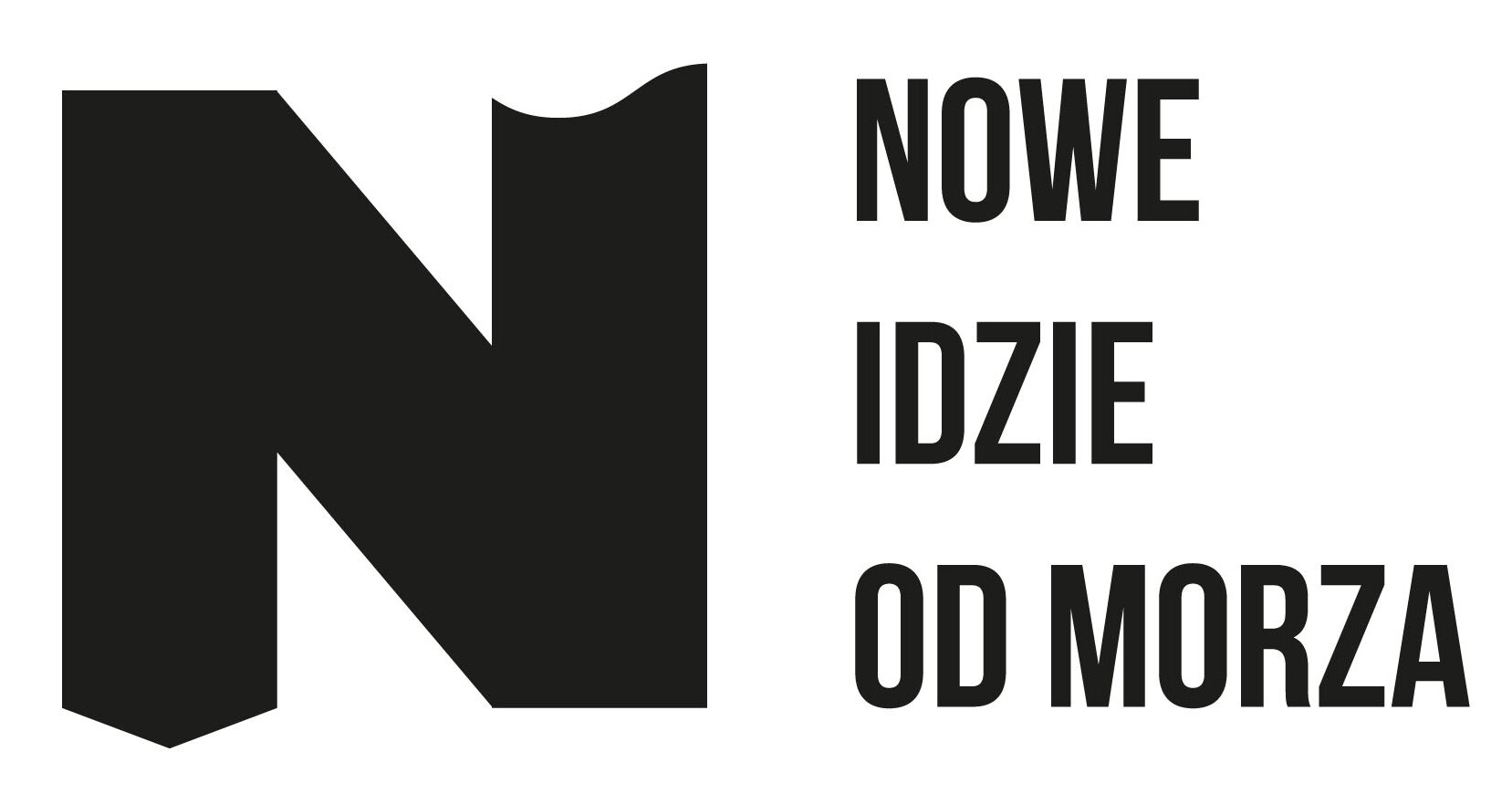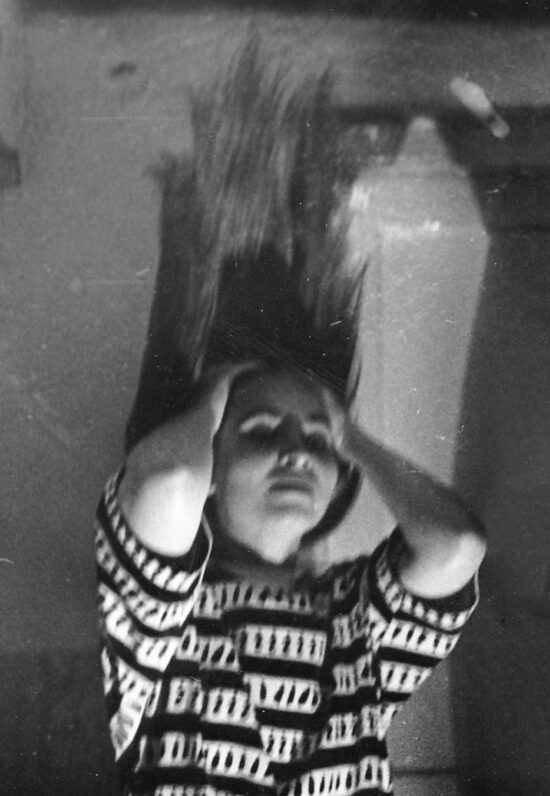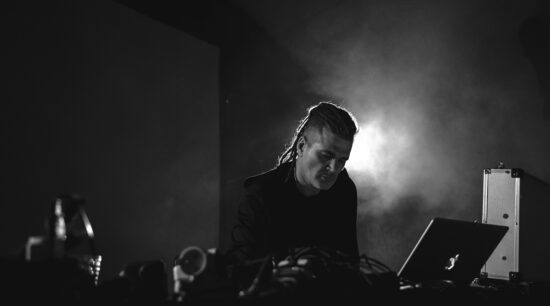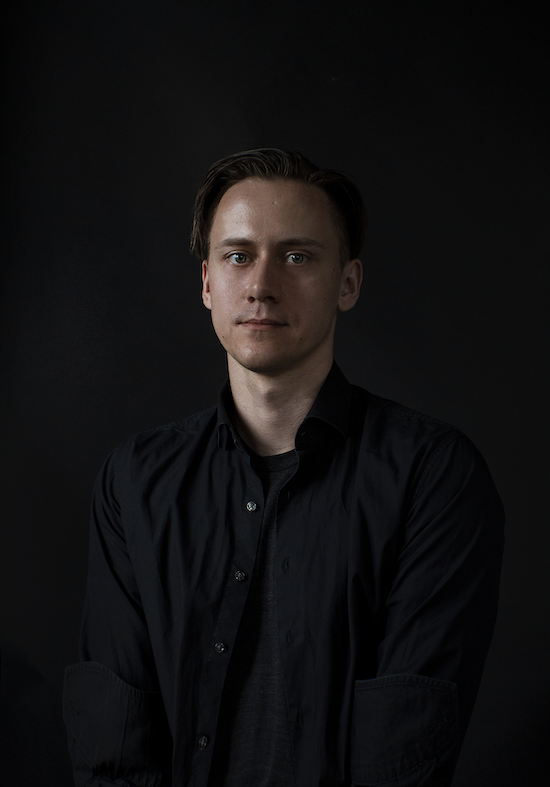– We have been together for forty years and these years were like a lifetime. We started with two violas da gamba and later played piano and cello on the album Like a Butterfly on your Palm, then added songs on Tenderly to Light. Now we have the time to play four-handed piano – says Vojtěch Havel, a Czech composer and instrumentalist, who plays with Irena Havlová.
It is hard to find another duo like this in the whole of Europe. Irena and Vojtěch Havlovi (known also as The Havels)have been playing together since the 1980s – during this time they have explored Renaissance music, minimalism, Indian music, film music, as well as they play with indie bands from the USA. Their unique approach takes as its starting point the sound of the viola da gamba instrument, but also the piano – they can create mesmerizing compositions, full of rich arrangements.
They began releasing their first albums as a duo in the 1990s just after the collapse of the USSR and the opening of the Czech Republic to the world. At that time, they released such amazing works as Háta H. or Malé Modré Nic(known to the world as Little Blue Nothing), combining both renaissance music influences, but also folk, contemporary music, with Central European mysticism hovering over them from the likes of Valentina Goncharová or the band Księżyc.
It seems that the world remembered them for good thanks to Bryce Dessner, whom they inspired to write the song ‘Little Blue Something’ but also playing together with him many times at PEOPLE Festival among others. Last year Melodies As Truth released Melodies in the Sand, a compilation with their archival recordings which bring their music back to focus.
However, the Czech duo are constantly recording new music, resulting in the extremely poignant album Saving One Who Was Dead / Little Crusader, which is the soundtrack to Václav Kadrnka’s films. The band also performs it live – among the tracks is a composition in which they play piano for four hands. What is very special for a duo which has been a couple since the 80s. On the one of their US tours, they met Vincent Moon, independent filmmaker, photographer and sound artist from Paris. Seven years ago this audiovisual artist made a movie portrait Little Blue Nothing about Havlovi.
During last summer tour they met again to record an intimate session in Atrium na Žižkovê. You can watch Vincent Moon’s video below and read the interview with Vojtěch Havel. In November they will play in Utrecht at the Le Guess Who festival? It’s undoubtedly one of those must-see concerts.
JAKUB KNERA: How did you start playing music?
VOJTĚCH HAVEL: I studied in a conservatorium and learned cello and piano. I graduated in 1983, and in the same year I met Irena. She was studying microbiology, but all her life she played guitar, trumpet, and many other instruments. In 1983, we met each other, and since then we live together, and we play together.
In ’83, you started to play with other musicians too.
I was playing jazz, rock, modern music as well as Baroque and Renaissance music. There were lots of interesting musicians in Prague at that time – I played with such as Jiří Stivín and Martin Kratochvíl. When Irena and I started playing together, we began with old music played on viola da gamba and other old instruments. We played old music using the sound of antique instruments and wrote our first compositions.
In the 80s, many groups played authentic interpretations of old music on instruments from the period, and it was a great time for such projects. Later, from ‘87 to ‘89, we also played with a singer and guitarist, Oldřich Janota, who was very famous then. After the revolution, from 1990 onwards, we played only as a duo.
I’m curious as to what sparked your interest in old music and viola da gamba, which seems to be closely connected with the ‘old sound.’ What about this instrument is the most interesting to you?
In the 80s, from 1982 to 1983, a very interesting group formed. It was called Capella Antiqua e Moderna, which means ‘old and modern music’ and played authentic interpretations of old music. We played numerous concerts and made recordings with this group. There were about 30 people who played both the old and modern instruments together, including viola da gamba, contrabass, fagot, organ, piano, and percussion. It was a very interesting time, and we wrote a lot of different compositions. There is one album on Spotify from Capella Antiqua e Moderna so you can listen to some of the songs from this time.
In 1984, many of our friends started playing our compositions and old Baroque music together in one program. One part was modern, and it was our composition, and the second was a period piece. This trend came from England and Germany. It was interesting to play this music by Bach and earlier composers, especially since we didn’t use modern instruments but old instruments instead – ones that were built 400 years ago. There were lots of musicians who were interested in this. They held concerts in different churches in Prague.
Why in churches?
It was not possible to play modern music from other countries then, but this group was special because it played old music, which was acceptable at the time. Baroque music was considered ‘normal’ to play in Czechia then. When we played our compositions with modern sound, it was fine as well because it was mixed with the old music.
With our special interpretation and these old instruments, we could achieve a completely different sound than we did with modern ones. We also played the old instruments using special techniques from 400 years ago. In Baroque and Renaissance, every musician was also a great improviser, so it was necessary for us to improvise a lot at these old music concerts too.
Watch Vincent Moon’s video of Havlovi in Atrium na Žižkovê:
How did the revolution in 1990 change the way you were playing music?
Before the revolution we were able to play a lot of concerts with different musicians and groups. It was not possible to go out from Czechia, and there was no music from other countries, so many people came for the concerts. Every performance was a little revolution itself – there were 500 or 600 people coming to every concert in the 80s. It was great to play there.
Prior to the revolution it was impossible to record an album. We waited ten years to make a vinyl because of the censorship. It was very difficult. After the revolution, we could record albums, and so Irena and I recorded one album each year. From 1990, we recorded fifteen albums in thirteen years.
After the revolution everyone wanted to travel abroad. Many groups and musicians stopped playing because it was a completely different feeling. When we played in ’88, there were 400 people coming to a concert, and after the revolution, 10-20 people came. We stopped working with Cappella Antiqua e Moderna. Working with such a big group was not possible anymore, because everybody wanted to be free, too. We started as a duo, as it worked well for us – we’ve been together, and it was all very simple.
Did your perspective on instruments such as viola da gamba change after the revolution and it’s different today?
There is no difference. I started playing viola da gamba in ’84, but through these years that I spent playing period music, we were also slowly writing our compositions, and it was very spontaneous. It didn’t change completely. We liked the sound of this instrument because it is very delicate. It’s totally different from modern instruments, such as the cello, which is very strong. Viola da gamba is soft, and it’s possible to play it with a great variety of colors.
You mentioned that after the revolution a lot of people traveled around the world. In the 90s, you started to travel regularly to India.
Before the revolution, traveling to other countries was not possible, but we met an interesting Indian master in Prague in ’86. That’s how we gained interest in India. We had a very strong connection with him, and we studied meditation at the time. He was our guru. Our idea was to go to India, see the country and look for this spirit. Indian music and philosophy were a great inspiration for us.
After the revolution, in ’91, we were allowed to travel but it was not easy money-wise. It was very expensive. One flight ticket cost us money for one year. We went to Denmark and played on the street to collect some money. In ’91, we went to India for the first time and were there ten times throughout the last 30 years.
What is so interesting about Indian culture, or the music specifically for you?
Before the revolution, our master came to Prague – he was a very good singer of spiritual songs from India. Our first idea was to go to India and record him in ashrams and temples. We formed a little group with filmmaker Viliam Poltikovič and we went to India together.
After that, we traveled to India also for music and our concerts there, but we had a great interest in recording Indian spiritual music. We went to smaller villages and were the first Europeans to arrive there. We recorded the music of nature of India as songs. Irena also took a camera, so we could make four movies for Czech Television about spiritual music, nature music, and life in India. It consisted of six episodes and featured many different spiritual masters, including the Dalai Lama. We made music documents without words as well named Agni and Pushkar.
Did your visit in India change the way you live or think about music?
We were very interested in listening to nature songs and recorded three albums only with Indian music. We felt that there would be critical changes in India. This was an old practical interpretation, and now it’s changing. We felt that what we had was maybe only three years in which there would be nature music from the small villages, because when we came there, the inspiration from us would completely change these people and their feelings, and it was very interesting for us. As for our music, I think that there wasn’t much difference after we visited India, but it was a very good thing for us that we took time for some meditation. We felt more at peace after, and maybe this peace transferred to our music.
You mentioned you recorded numerous albums as a duo – almost one per year. Do you think that it was easy to present them in the other parts of Europe then or was it difficult? I mean the time after the revolution or the beginning of the 21st century.
The time after the revolution was a very good time for us and many other musicians. The next ten years, from 1990 to 2000, were great because we could make records. Little companies were very interested in releasing our albums.There was also very good distribution of these albums – especially, Hàta H and Little Blue Nothing – to other countries at this time. We received many concert invitations both from the USA and Europe. There was also a lot of interest in Eastern music in Europe.
Were you surprised when you realized that Bryce Dessner from The National discovered your music and was so inspired that he composed a track for the Kronos Quartet?
Yes, it was Little Blue Something. We are very good friends with Bryce. When we played on the street in Denmark, a very young lady listened to our music, she loved it very much and bought our vinyl Háta H. It was the sister of Bryce Dessner. She was in Denmark at this time and studied dance – she is a modern dancer. When she went home, Bryce Dessner was about 14 years old, and he listened to this music. Many years later, he said it was a big inspiration for him to start making his music. One time, he went to Prague and bought our new album, Little Blue Nothing. I think, in ’95 or ’94, when we made our website and had an email address, he wrote to us that he loved our music so much and wanted to invite us to the USA. It was very nice because he loved this music and made many copies and sent them out to his friends, including Vincent Moon, the filmmaker who made a movie after this. This also came from Bryce.
In ’97, he invited us to his festival in Cincinnati in Ohio, MusicNOW. We played the first part; Sufjan Stevens played the second one and later we played a concert together. Later we met Philip Glass, Ivan Strejček, and Laurie Anderson in the USA. In 2007, before Cincinnati, we also played with Bryce and The National, and his group, The Clogs. We went on a tour [ZG1] in one car through America. From this time, we have been very good friends, and we met him many times in Berlin and in France. Every time we are together with Bryce, Vincent Moon, and the other musicians, it’s like a big party with friends.
Vincent Moon had made a film about you, called Little Blue Nothing, but I’m also curious about the session he recorded with you this summer.
We have a festival called Colours of Ostrava and Vincent was invited to it. They knew that we were friends with Vincent, so we made a video of a music performance. He came two days before the festival, and we made this video in a very nice place, Atrium. It was a church before, but now it’s a culture center. There’s a piano and an organ. We played just one set for the recording and the video.
We played there on the piano and organ four-hands. It’s completely new music for this instrument in this video. This is our composition from the last maybe three or four years, but we haven’t made a video for it before. Now, we have a big interest in making music for piano and playing four hands – the idea for this video was to make a video specifically for the piano four hands.
I saw it in Gdańsk during the Days of New Music Festival where you played in spring.
Our last album is like a sound break from two hands. There are also some pieces on piano and organ four hands. We have been together for forty years and these years were like a lifetime. We started with two violas da gamba and later played piano and cello on the album Like a Butterfly on your Palm, then added songs on Tenderly to Light. Then we made songs with piano and then piano four hands. It was like we were a different duo with different instruments. And now we have the time to play this four-handed piano.
I like that reduction part in your music. On the last album Saving One Who Was Dead / Little Crusader which is a soundtrack, you were working on different versions of this composition, which included Indonesian gamelan, gongs, Tibetan bowls, and bells, but in the end, you decided on keeping only violas da gamba, organ, and chanting. You also decided to record one part in church in Prague and the other one in Milan.
These films were filmed very slowly. The first one, Little Crusader, is happening in the 13th century. We thought about music together with the director. Our first idea was to play on piano there, but in the old times this instrument wasn’t very good. We thought about which instrument would be better – and viola da gamba is very good for this time. Organ is also very good for music from the 13th century. The film would be fine only with these instruments. We also played some other instruments, such as fagot and saxophone there. It sounds very good together because the sound is great with organ and viola da gamba. Every other instrument, though, did not go well with this story from the 13th century.
In the new movie Saving One Who Was Dead, there is viola da gamba, voice, organ. It’s a very special ID of this movie because it was a real story of this director, Václav Kadrnka. This is like a meditation between life and death because his father was ill and was in a coma for weeks. He didn’t know whether he would be dead or alive. This film is about this time and his mother is there together with her son, Kadrnka. It is like a meditation, thinking about when the person you love is in a coma, and you want them to stay here in this life, but maybe there will be many problems. Maybe it would be better for them to pass away?
We prepared music for it for about four years together with Vaclav Kadrnka and met him many times throughout these years. After the movie was made, we gave him some music and talked about instruments and whether it is necessary for it not to be esoteric. We also wanted to have a sempre sound with violas da gamba. Only at the end of this movie there is a big organ. This part was recorded in Milan because there was a nice instrument there. We had concerts there in 2019, and we loved this time so much that we recorded this piece there. This big music is only at the end of this movie, and before, there was only sempre, piano and gongs. So at the end there is so much esoteric in this theme.




